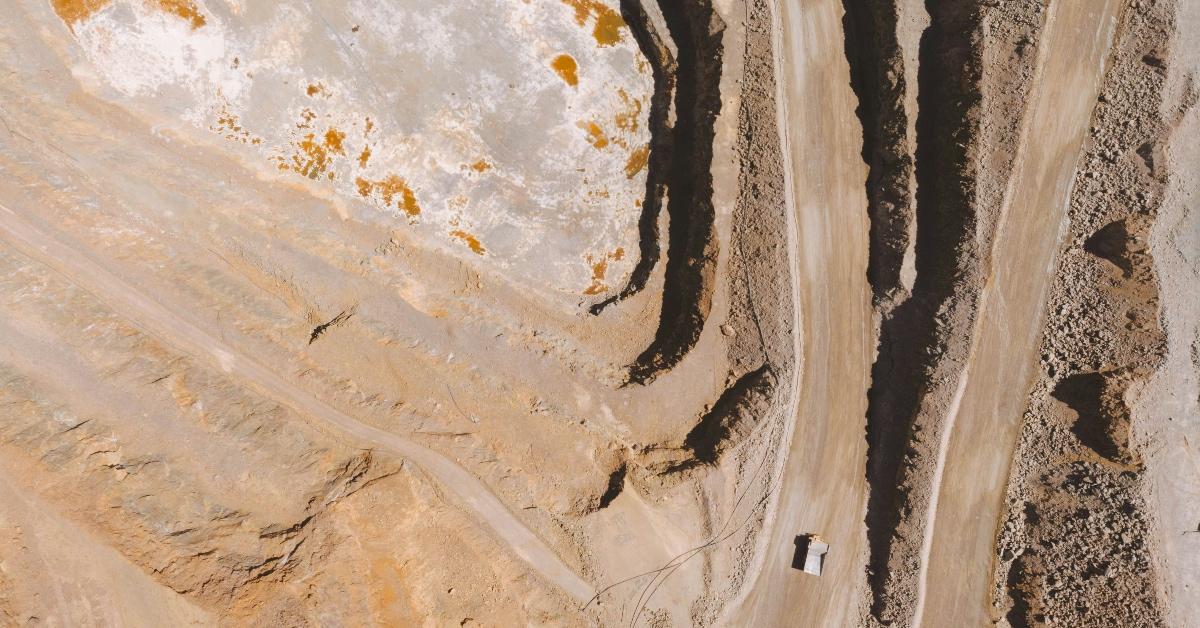How Does AI Use Water and Energy? Unpacking the Negative Impact of Chatbots
The tech industry's dirty secret is the large amount of water and energy generative AI uses.
Published Jan. 10 2025, 5:04 p.m. ET

When the first artificial intelligence (AI) tools were created, innovators likely never imagined how AI tools are used today. Since 2020, the surge in specifically generative AI has created several programs, including ChatGPT, a chatbot that people have used to write emails or grocery lists.
While it is true that AI could potentially offer some assistance in the future of sustainability, the drawbacks of AI, especially generative images and ChatGPT, are too large to ignore.
In light of climate crisis-fueled disasters such as the 2025 California wildfires, many are asking: how much water does AI use? How much energy does AI use? And most importantly, how does this accelerate the climate crisis? Here's what you need to know.
How much water does AI use?
According to the Washington Post in collaboration with the University of California, Riverside, writing a single 100-word email in Open AI's ChatGPT is the equivalent of consuming just over one bottle of water.
In a more extreme example, if 1 in 10 Americans used ChatGPT weekly for a year, it would require the amount of water equal to that used by the entirety of Rhode Island — for 1.5 days.
Why does ChatGPT use so much water? Well, servers are housed in data centers, which generate heat, explains the Washington Post. Water cools the equipment so it doesn't overheat or break down.
In places where water is scarce, electricity is used to cool data centers via large-scale air conditioners. How much water and/or electricity is used by a data center is largely dependent on location.
How does AI's water usage impact the environment?
Tragically, droughts are one of many consequences of the ongoing climate crisis, and there have been brewing fights from businesses using AI about using water and energy in drought conditions.
Shaolei Ren, an associate professor of engineering at UC Riverside, says that while "We haven’t come to the point yet where AI has tangibly taken away our most essential natural water resources," the use of AI in places with frequent droughts has caused rising tension between communities who need the water and data centers.
Not to mention, hardware production pollutes water, per a study initially published in January 2015 in the Journal of Cleaner Production, due to the extraction of precious minerals like boron, silicon, and phosphorous.
How much energy does AI use?
A research study quantifying the carbon footprint of BLOOM determined that training a Generative Pre-trained Transformer 3 (GPT-3) uses just under 1,300 megawatt hours (MWh) of electricity, which is the equivalent of energy for 130 homes, per the U.S. Energy Information Administration. Training a Generative Pre-trained Transformer 4 (GPT-4), like ChatGPT, however, uses 50 times more electricity.
Data from 2022 shows that the data center industry represents 2-3 percent of total global emissions, per Electronics Hub. However, it's anticipated this could dramatically increase in the future — a report from January 2025 by the International Energy Agency (IEA) reveals that should demand for AI systems double in 2026, it would equal roughly the amount of electricity used by Japan.
How does AI's energy use impact the environment?
Sasha Luccioni, a lead climate researcher at the AI company Hugging Face, spoke to Vox and explained, "Data centers need a lot of energy to run, especially the hyperscale ones that AI tends to run on. And they need to have reliable sources of energy."
She added, "So, often they’re built in places where you have nonrenewable energy sources, like natural gas-generated energy or coal-generated energy, where you flip a switch and the energy is there. It’s harder to do that with solar or wind, because there’s often weather factors and things like that. And so what we’ve seen is that the big data centers are built in places where the grid is relatively carbon intensive."
Carbon emissions are the greenhouse gas with the highest level of emissions and therefore one of the leading factors of the climate crisis.
Using water and energy in excess for AI will continue to negatively impact not only the communities where data centers are located but the world at large if it continues. While it does seem there are proposed solutions to make AI use greener, it's better to be aware of the impact before you AI generate a photo or ask ChatGPT to write your resume.



